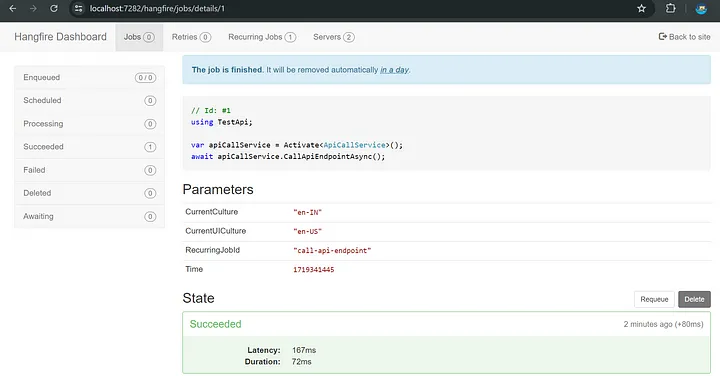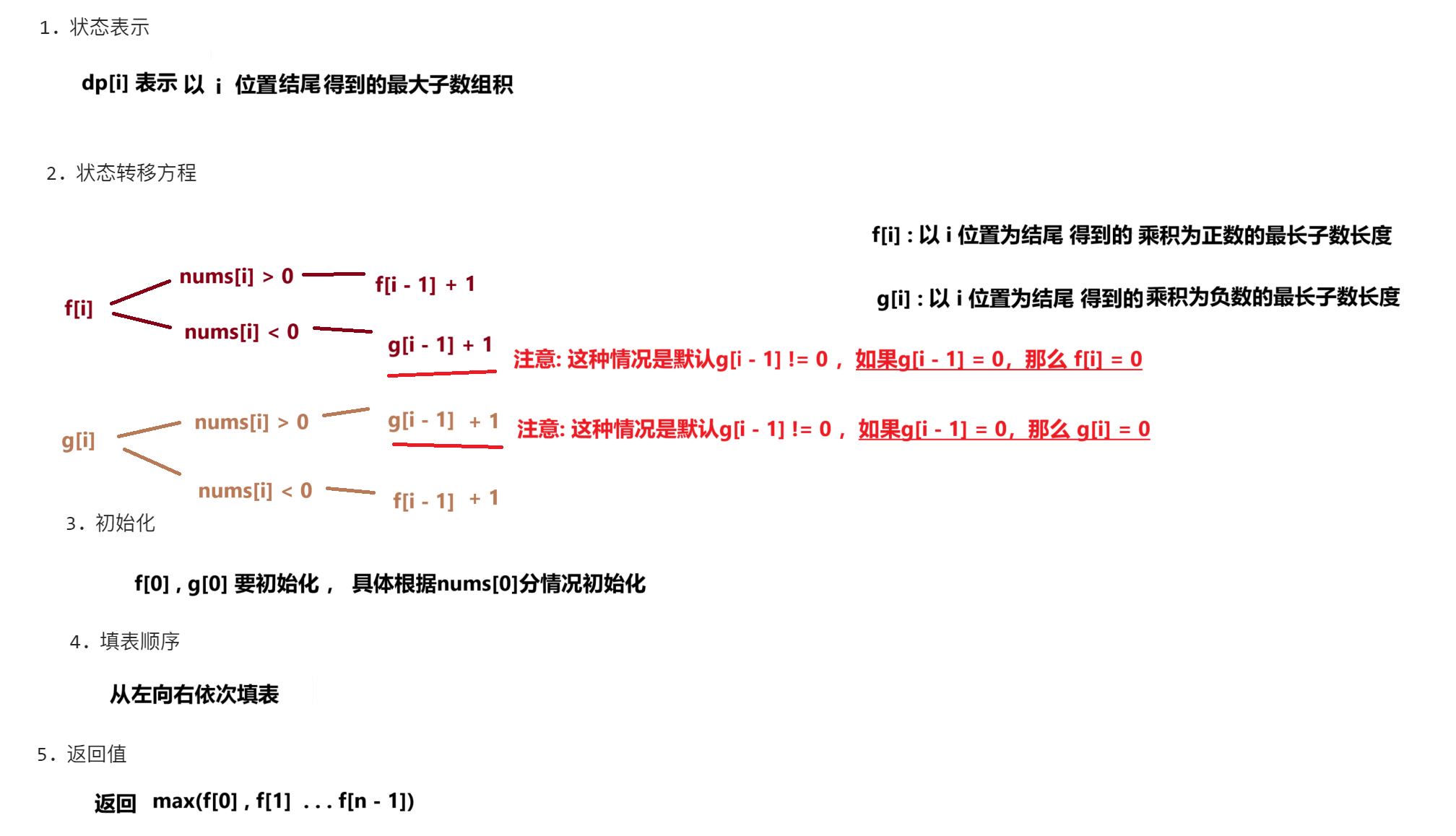
一、元组的概念
其实,所谓的“元组”就是一组不能改变的特殊数组(一般情况下),这里我们去创建一个“小羊元组”,大家就能更加明白其中的意思了。
二、元组实现思路
1.我们去定义一个“羊村小羊”的元组
# 创建一个"羊村小羊"的元组
sheep_tuple = ("喜羊羊", "美羊羊", "懒羊羊")
2.现在我去输出这个“羊村小羊”的元组
# 输出整个元组
print(sheep_tuple) # 输出: ("喜羊羊", "美羊羊", "懒羊羊")
3.访问元组中的"小羊"元素
first_sheep = sheep_tuple[0]
second_sheep = sheep_tuple[1]
4.输出元组的"喜羊羊"元素和"美羊羊"元素
print("First sheep:", first_sheep) # 输出: First sheep: “喜羊羊”
print("Second sheep:", second_sheep) # 输出: Second sheep: “美羊羊”
5.遍历“羊村小羊”的元组
# 遍历“羊村小羊”的元组
for item in sheep_tuple:
print(item) # 依次输出: "喜羊羊", "美羊羊", "懒羊羊"
三、python代码实现
# 创建一个"羊村小羊"的元组
sheep_tuple = ("喜羊羊", "美羊羊", "懒羊羊")
# 输出整个元组
print(sheep_tuple) # 输出: ("喜羊羊", "美羊羊", "懒羊羊")
# 访问元组中的"小羊"元素
first_sheep = sheep_tuple[0]
second_sheep = sheep_tuple[1]
# 输出元组的"喜羊羊"元素和"美羊羊"元素
print("First sheep:", first_sheep) # 输出: First sheep: “喜羊羊”
print("Second sheep:", second_sheep) # 输出: Second sheep: “美羊羊”
# 遍历元组
for item in sheep_tuple:
print(item) # 依次输出: "喜羊羊", "美羊羊", "懒羊羊"
四、HYTML可视化实现
<!DOCTYPE html>
<html lang="en">
<head>
<meta charset="UTF-8">
<title>"羊村小羊"元组可视化</title>
<style>
body {
font-family: Arial, sans-serif;
margin: 0;
padding: 0;
background-color: #f4f4f9;
}
.container {
width: 80%;
margin: 20px auto;
background: white;
padding: 20px;
box-shadow: 0 0 10px rgba(0, 0, 0, 0.1);
}
.tuple-header {
font-size: 24px;
color: #333;
margin-bottom: 10px;
}
.tuple-item {
display: inline-block;
padding: 5px 10px;
margin: 5px;
background-color: #e7e7e7;
border-radius: 5px;
font-size: 16px;
color: #555;
}
</style>
</head>
<body>
<div class="container">
<div class="tuple-header">"羊村小羊"元组</div>
<div class="tuple-item">喜羊羊</div>
<div class="tuple-item">美羊羊</div>
<div class="tuple-item">懒洋洋</div>
</div>
</body>
</html>




















